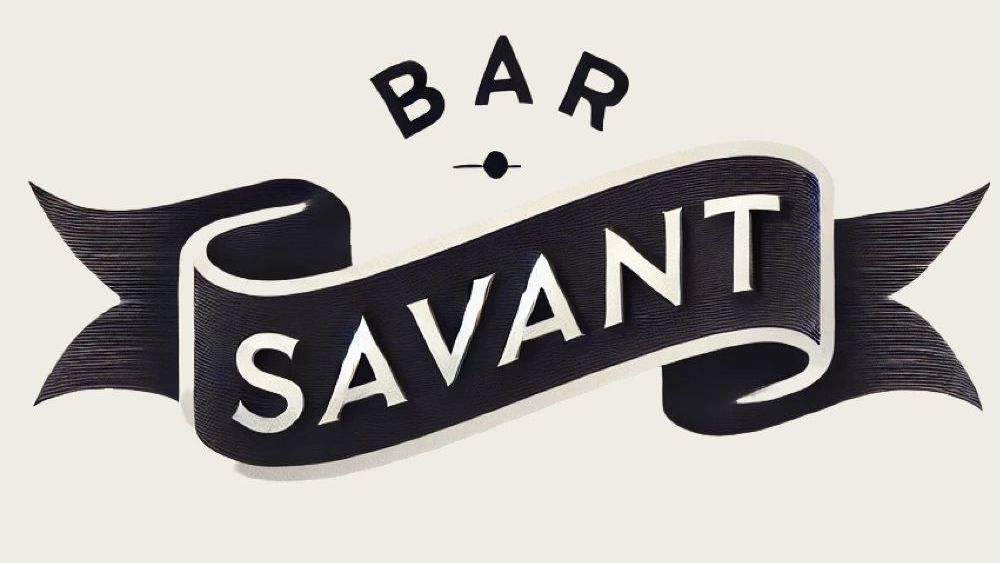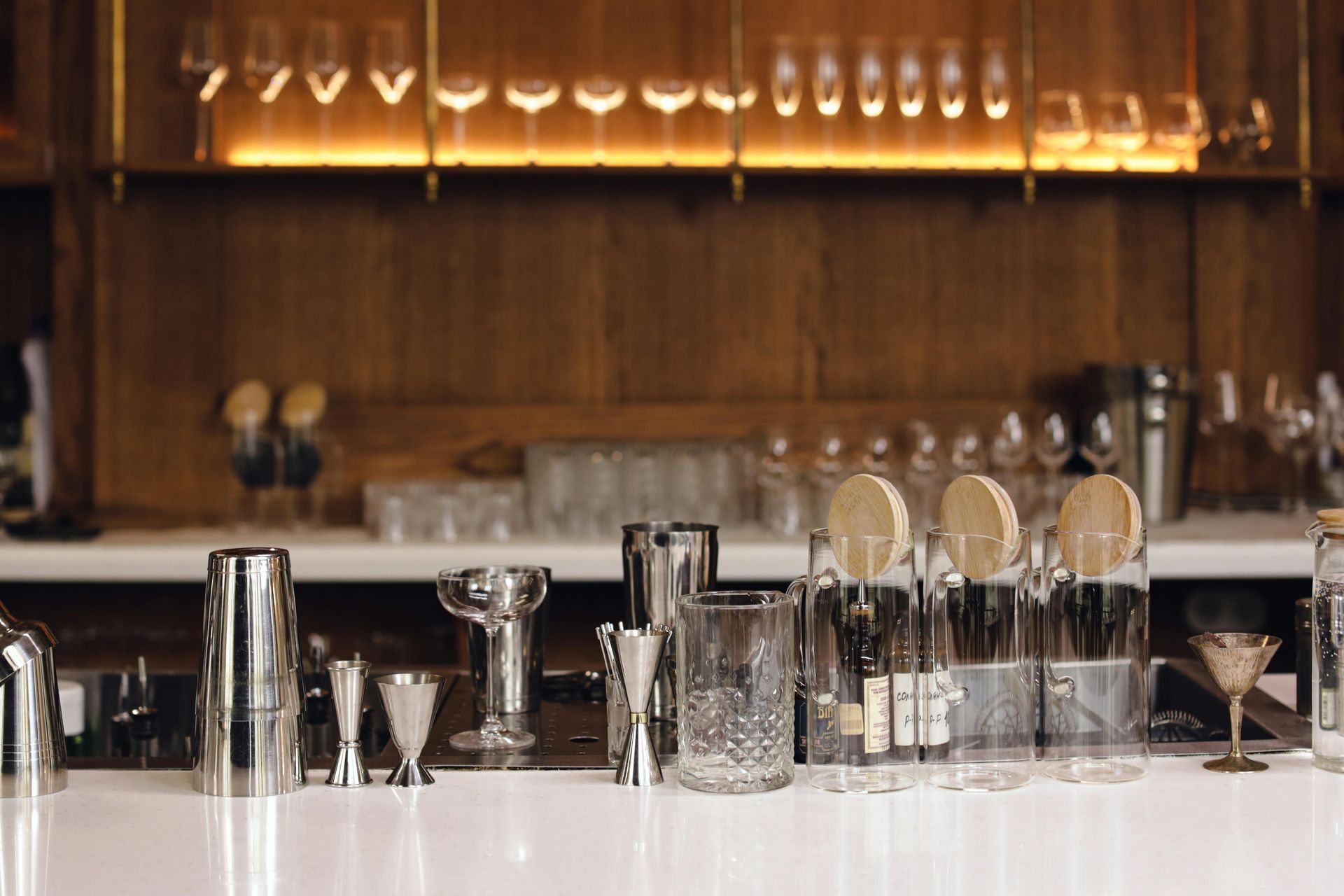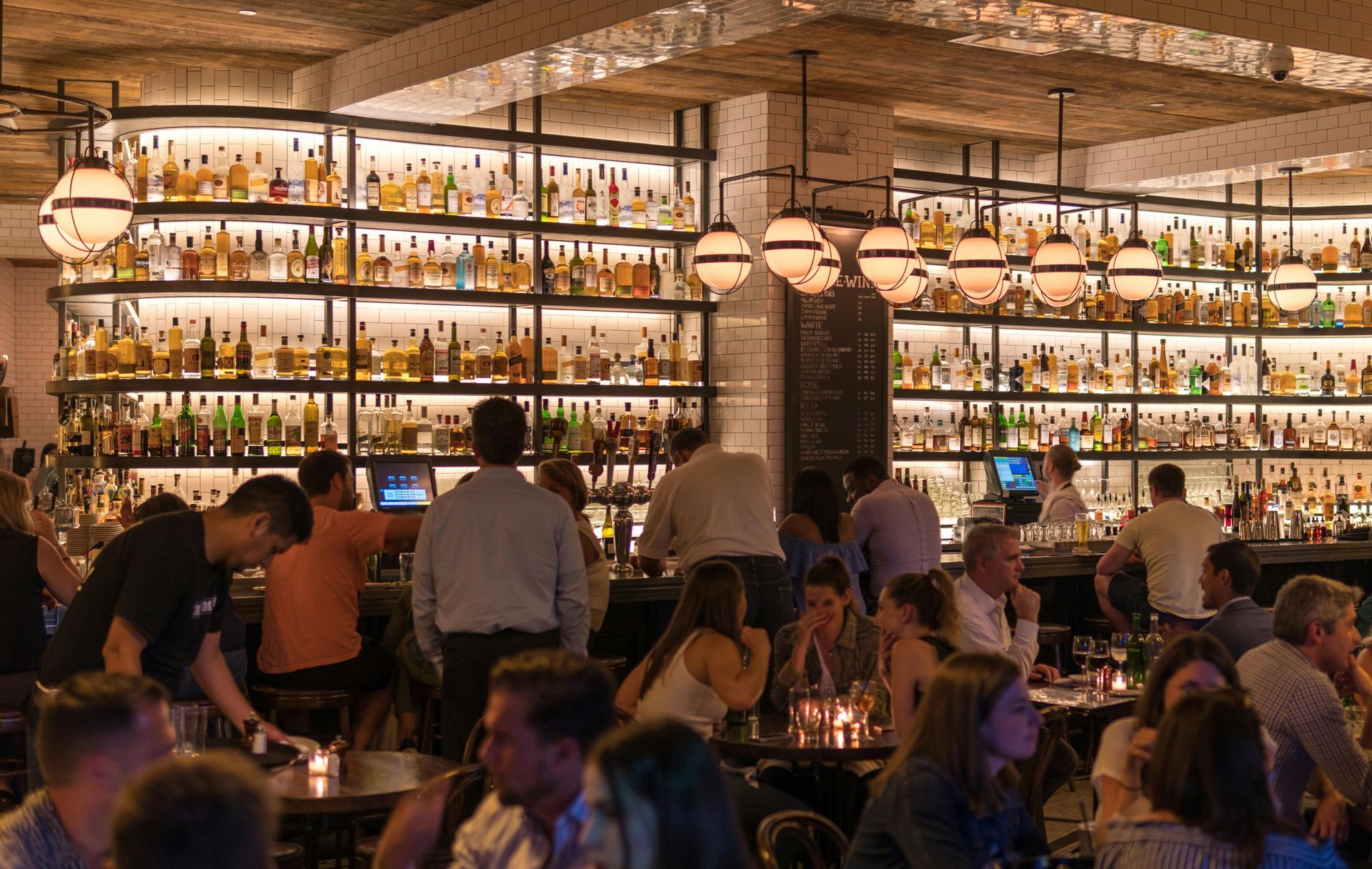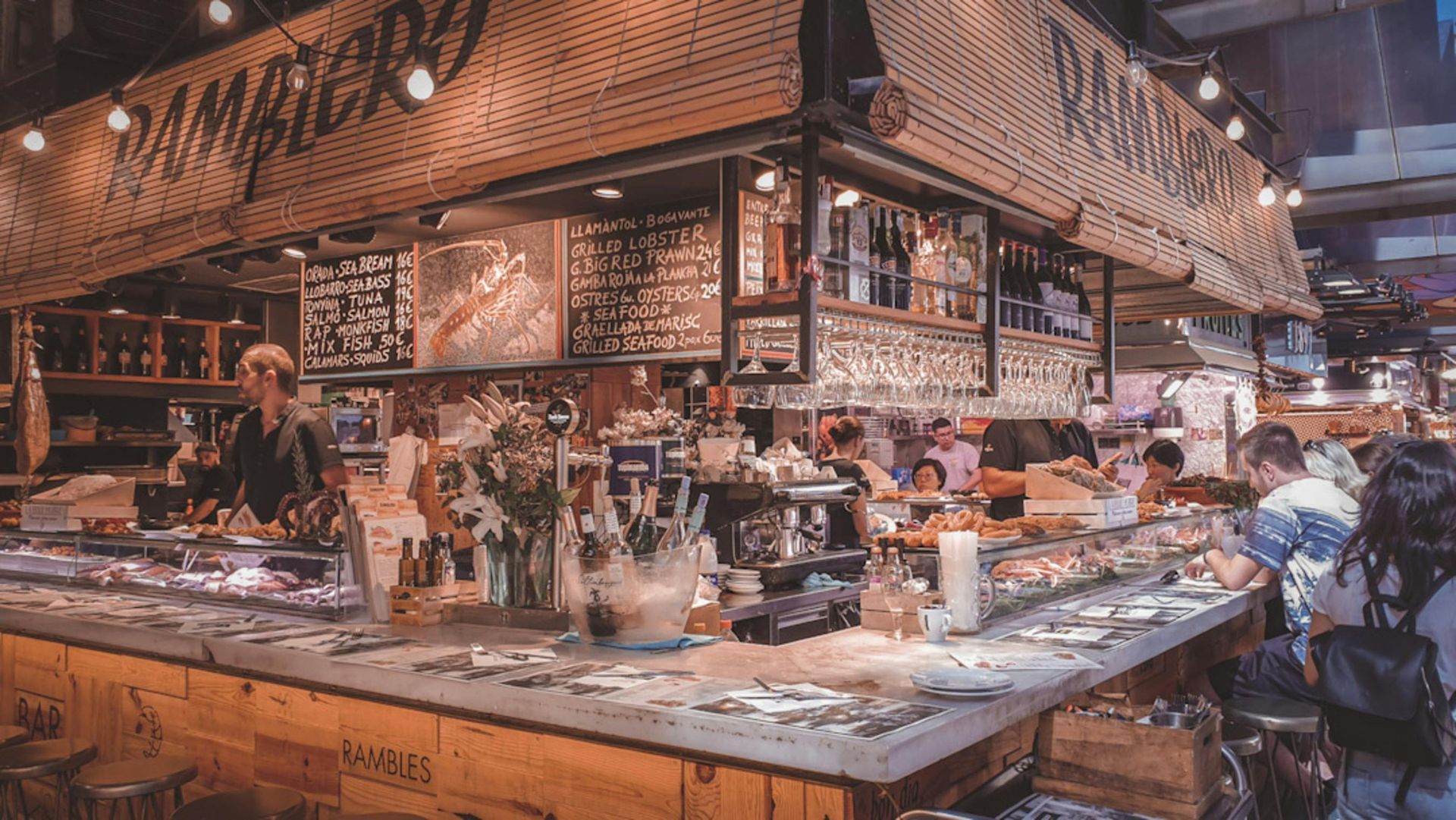Inventory and Supply Chain
Gettye Goins • December 14, 2024
Running a successful craft cocktail bar requires more than creativity and impeccable service; it demands careful management of inventory and the supply chain. These behind-the-scenes systems form the backbone of the operation, ensuring that the bar remains both profitable and consistent in its offerings. When executed properly, inventory management and supply chain strategies not only keep costs in check but also contribute to a smoother, more efficient operation, allowing the focus to remain where it belongs—on delivering exceptional experiences to guests.
At its core, inventory management is about balance. The goal is to maintain just the right amount of stock: enough to meet demand without over-ordering or tying up resources in unused product. This starts with a deep understanding of the bar’s menu and its most frequently used ingredients. A craft cocktail bar often features seasonal menus with rotating selections, so inventory needs to align closely with those offerings. For example, if the menu is heavy on citrus-forward cocktails, the bar must ensure a consistent supply of fresh lemons, limes, and oranges while avoiding excess stock of other, less-used fruits.
A well-structured inventory system begins with accurate tracking. Every bottle, mixer, garnish, and tool has a place in this system, and regular audits ensure that the records reflect reality. Weekly inventory checks are standard practice, but some high-volume bars opt for daily counts of their most critical items, such as spirits and perishables. By keeping a close eye on stock levels, the team can identify trends—both in what’s selling and what’s not—and adjust purchasing accordingly. For instance, if a particular spirit is consistently running low, it might indicate that the bar should negotiate a larger order with the supplier, potentially securing a discount for bulk purchasing.
Portioning and batching also play a critical role in maintaining control over inventory. Every cocktail recipe is standardized, with precise measurements for each ingredient. This not only ensures consistency in flavor but also prevents over-pouring, which can lead to increased costs and waste. Many bars take this a step further by batching certain components in advance, such as syrups, infusions, or even pre-diluted cocktail bases. Batching not only speeds up service but also reduces the risk of error and allows for more efficient use of ingredients.
Supply chain management is where the bar’s relationships with vendors and suppliers come into play. These relationships are built on trust, communication, and mutual benefit. A good supplier isn’t just a source of product; they’re a partner who understands the bar’s needs and works to meet them. For example, if a supplier consistently delivers high-quality ingredients on time, the bar can rely on them to support seasonal menu changes or special events. Conversely, if a supplier struggles with delays or inconsistent quality, it may be time to explore other options.
Flexibility is crucial in managing the supply chain, especially when dealing with fresh or perishable items. If a particular ingredient becomes unavailable or prices spike unexpectedly, the bar needs to have a backup plan. This might involve substituting a similar ingredient, tweaking a recipe, or even removing a menu item temporarily. The key is to make these adjustments without compromising the guest experience. For instance, if a signature cocktail relies on a specific type of citrus that’s suddenly out of season, the bar might pivot to a different garnish or incorporate a complementary flavor profile that still feels intentional and thoughtful.
Profitability is always a consideration when managing inventory and the supply chain, but it shouldn’t come at the expense of quality. Instead, the focus should be on finding ways to maximize value. This might involve sourcing ingredients that offer the best combination of quality and cost, rather than simply opting for the cheapest option. It could also mean investing in durable tools and equipment that will last longer and perform better, ultimately saving money in the long run.
Minimizing waste is another critical aspect of inventory management. In a craft cocktail bar, every ingredient has a purpose, and thoughtful planning ensures that nothing goes to waste. For example, citrus peels left over from juicing can be repurposed as garnishes or used to make house-made bitters. Excess herbs might become part of a syrup or infusion, while leftover wine from the night before could be turned into a sangria base or a vinegar. This approach not only reduces costs but also reflects the bar’s commitment to sustainability, a value that resonates with many guests.
Technology can be a valuable ally in managing inventory and supply chains. Many modern bars use software to track inventory levels, monitor usage rates, and even automate ordering. These systems can provide real-time data, making it easier to identify patterns, predict future needs, and avoid the dreaded “86” situation where an item unexpectedly runs out during service. However, technology is only as effective as the team using it. Regular training ensures that staff understand how to use these tools and appreciate their role in maintaining a well-run operation.
Training and accountability are vital for successful inventory management. Every team member, from bartenders to barbacks, has a role to play in maintaining the integrity of the system. For example, bartenders should always measure ingredients carefully and report any breakages or spills, while barbacks should be diligent about rotating stock and keeping storage areas organized. When everyone understands the importance of inventory and supply chain management—and sees how it directly impacts the bar’s success—they’re more likely to take ownership of their responsibilities.
Communication is another cornerstone of effective inventory and supply chain management. The team needs to be aware of what’s available, what’s running low, and what’s been newly ordered. This might involve regular updates via a shared document or group chat, as well as quick check-ins during pre-shift meetings. Clear communication ensures that everyone is on the same page and reduces the likelihood of surprises during service.
Ultimately, a strong approach to inventory and supply chain management is about balance—ensuring the bar has what it needs to thrive without overextending resources or compromising on quality. It’s a dynamic process that requires constant attention, adaptability, and a willingness to learn from past successes and challenges. When done well, it creates a foundation of stability that allows the team to focus on what they do best: crafting extraordinary cocktails and delivering unforgettable experiences to their guests.
The Craft Bar Blueprint
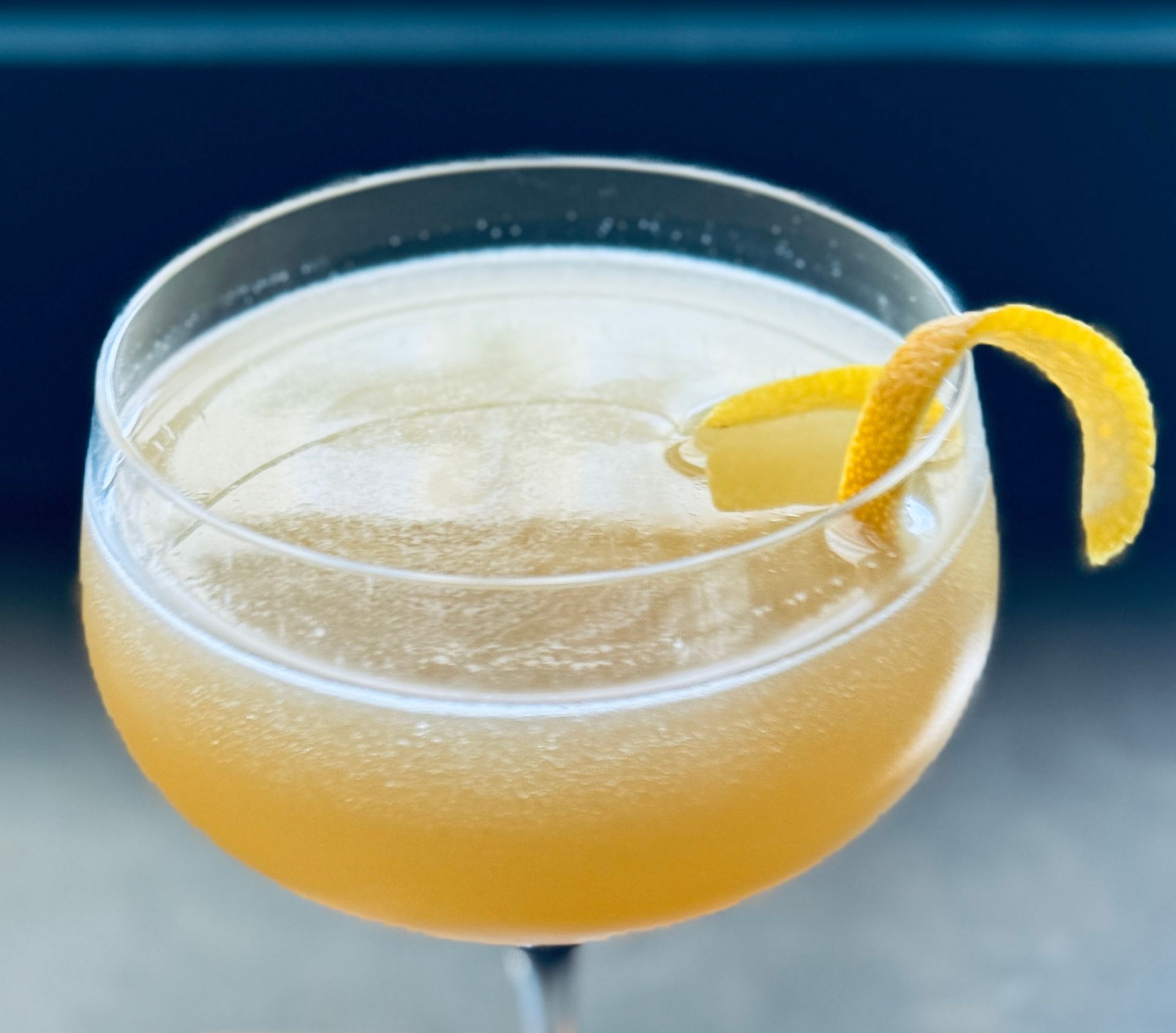
Some drinks are meant to refresh, others are meant to take you somewhere. The Starless Sea is a cocktail born from the idea of stories, inspired by Erin Morgenstern’s novel of the same name. Beneath the surface of our own world lives a place shaped by narrative, where memory and imagination flow like water. That is how I wanted this cocktail to feel - not just a drink but rather a moment that unfolds in layers, like chapters in a novel. Infused with intent: At the heart of this drink is coconut oil infused with lemongrass, cardamom and ginger, used to fat-wash aged rum. More than a culinary trick, this is a method of shaping flavors with control and care. Coconut oil is a nonpolar solvent, which means it extracts aromatic compounds that water or alcohol might miss or muddle. It draws warmth from ginger without the burn, citrus from lemongrass without the bitterness, and spice from cardamom without the astringency. When used to fat-wash the rum, those compounds enter the spirit with subtlety and softness. The result is not only a flavored rum, but the rum actually holds memories and echoes of the flavors of the spices and herbs. The infused rum becomes the foundation of the drink. Its texture is richer, and its voice is softer. The botanicals are less loud, they are gentle and atmospheric, like themes that occur in a story or a dream. Why Fat Washing? Bold ingredients like ginger and cardamom can easily overpower a cocktail if extracted with alcohol. That is why I use fat - not to mute the ingredients, but to curate them. Fat-washing is not just about adding texture. It is a way to filter flavors. Alcohol extracts everything, whether it is desirable or not. Fat chooses. It narrows the spectrum to a more elegant and focused set of notes. The result is not the full chorus, but a solo voice: precise, restrained and emotionally resonant. The oil became my editor when I created this drink. With its essential selectivity it aided me in my goal of evoking a mood and creating something intimate and immersive. The Recipe: • 1.5 oz fat washed aged rum (see below for full process) • 0.5 oz Yellow Chartreuse • 1 oz fresh lime juice • 1 oz honey syrup • 2 dashes orange bitters Shake with ice until cold. Strain into a chilled coupe or a small rocks glass over a single large cube. Garnish with nothing, or with a single lemon twist. I prefer it unadorned, just like the sea at night. Infusing the oil and washing the spirit: To infuse the coconut oil: • 200g unrefined coconut oil • 20g crushed then chopped lemongrass • 15g sliced then crushed fresh ginger • 5g crushed green cardamom pods Vacuum seal the mixture and cook sous vide at 130°F (43°C) for 3 hours. Strain the botanicals out while the oil is still hot, this ensures a clean separation and preserves the clarity of the oil. To fat wash the spirit: Use a 10:1 ratio by volume of warm (room temperature) spirit to warm infused oil. For example, 750 mL of aged rum to 75 mL of infused oil. Combine in a container you can shake vigorously. Shake well to emulsify. Let the mixture sit at room temperature for 5 hours. During that time, shake it about once per hour to keep the emulsion active and ensure even contact. After resting, freeze the mixture overnight. The oil will solidify on top into a puck. The next day, remove the puck first, don’t try to pour the rum while the fat is still in the way. Let the puck drain on a rack or in a funnel to capture the last few drops of spirit. Finally, filter the rum through a moist coffee filter to remove any fine fat particles. The result is a spirit that’s clean, richly aromatic, and texturally enhanced, but not oily. The sensory experience: When you bring the glass to your lips, the first thing you will notice is the aroma: floral, citrusy, unfamiliar in a way that makes you lean in. Secondly, the texture hits. It is soft, almost suspended, thanks to the memory of the coconut oil. The first sip is fresh with lime and honey. A moment later you will feel the Chartreuse glow underneath. Finally, the rum; layered with gentle spice and a lingering, mysterious warmth. The botanicals do not announce themselves. They drift in and out, like motifs and themes returning in different forms. As the drink warms it changes. You will notice new things, such as a touch of more ginger, a little more of the cardamom. The sweetness recedes and the structure becomes clearer. Like a story unfolds, this cocktail reveals itself slowly. Flavor as storytelling: When I design a cocktail I think about pacing, balance, and emotion. More than looking for something plainly delicious, I am looking for resonance. I want to create a drink that moves like a good narrative, something that draws you in, turns a corner, and stays with you once it is over. Flavor holds the power to do this, especially when it is shaped intentionally. Starting with infusing the fat and then using it to wash the rum allowed me to purposefully create the story. Instead of overwhelming the drink with spices, I selected only what belonged in it. Each ingredient plays a role but none of them compete. They collaborate and they whisper. The Starless Sea is not a cocktail to rush. You sit with it. You return to it. You notice something new with each sip. Like a favorite passage in a novel it stays with you, not because of flash but because of feeling. This cocktail is neither loud nor obvious. It is deliberate and in its subtle quietness, it tells a story to remember.
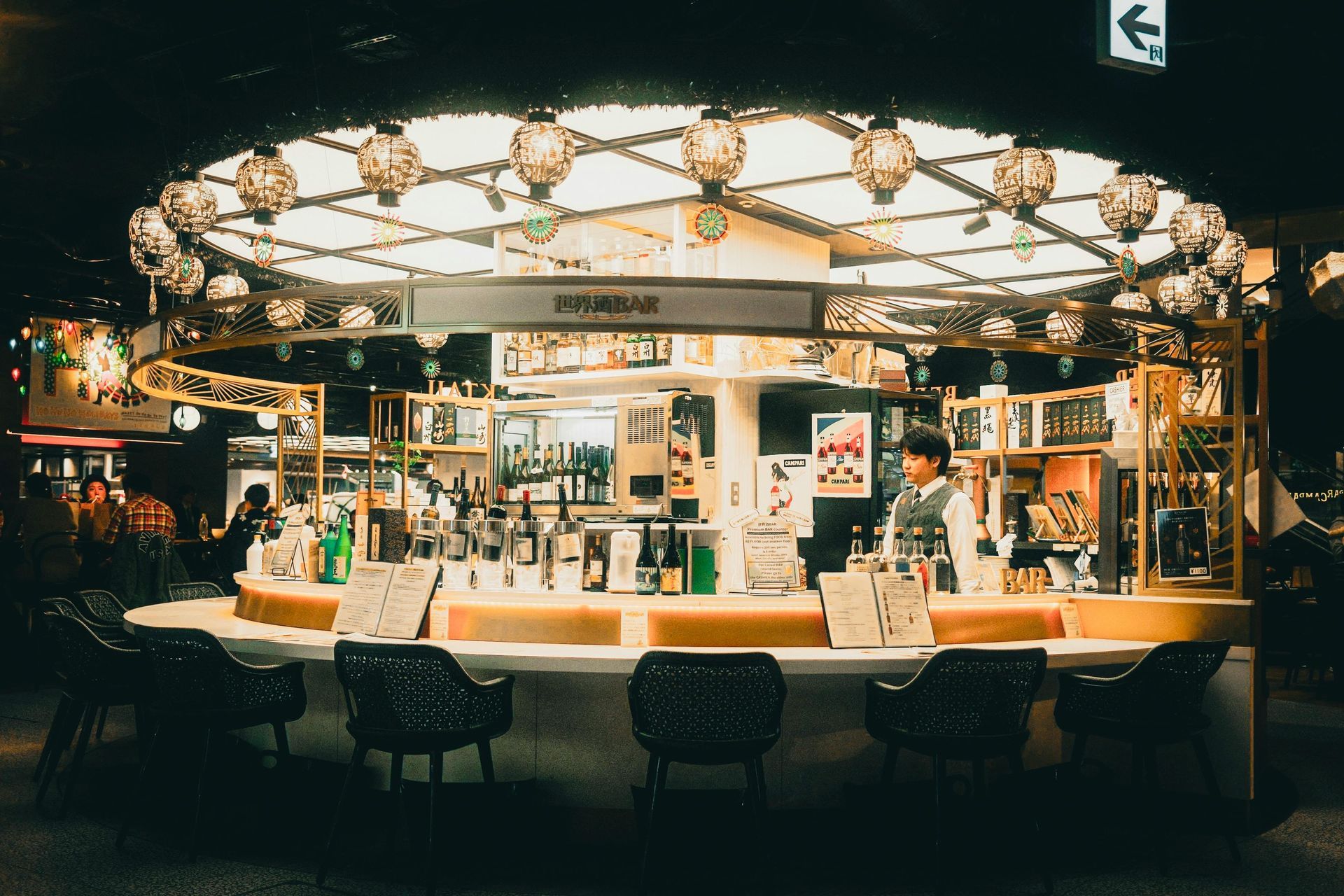
“Discover expert insights into staffing and team dynamics for boutique craft bars. Learn how to build smaller, efficient teams, balance technical skills with guest interaction, and foster a culture of excellence. Explore strategies for training, staff retention, and creating a collaborative environment where barbacks are valued as future bartenders. Master team management techniques that drive profitability and elevate the guest experience.”
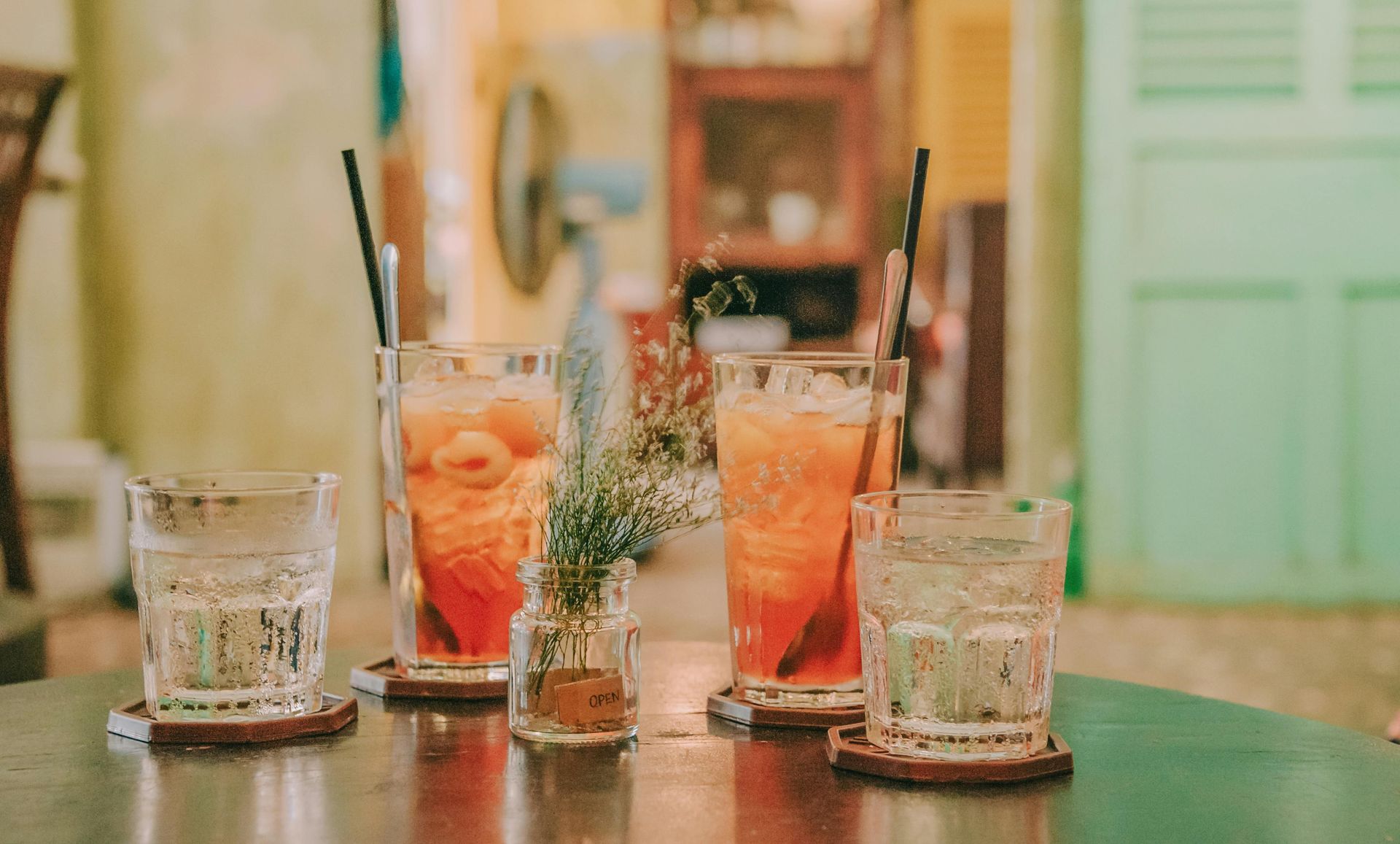
“Explore expert strategies for menu design and development tailored to craft cocktail bars. Learn how to create curated, seasonal menus that highlight innovation while standardizing classic cocktails for consistency. Discover tips for balancing creativity with cost management, fostering bartender participation, and auditing the guest experience to elevate your bar’s offerings and profitability.”
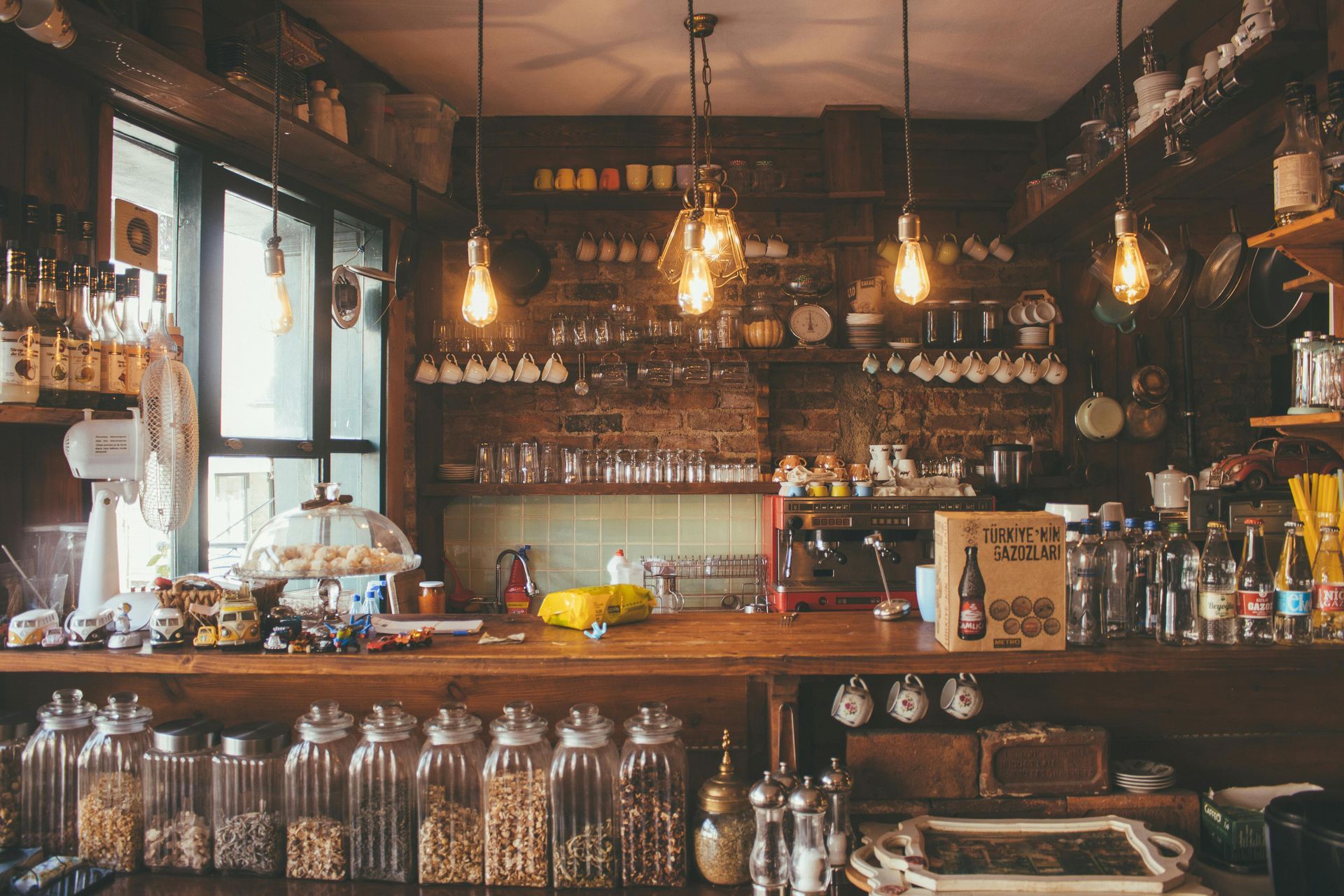
“Enhance your craft cocktail bar with expert tips on creating a memorable guest experience. Learn how to balance luxury with approachability, engage guests through confident bartending techniques, and tailor service to individual needs. Discover strategies for combining consistency with creativity, fostering a genuine bar culture, and turning every visit into an exceptional experience.”
